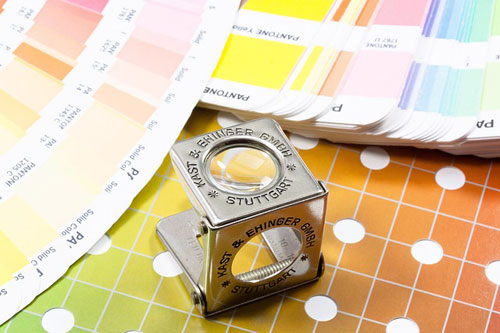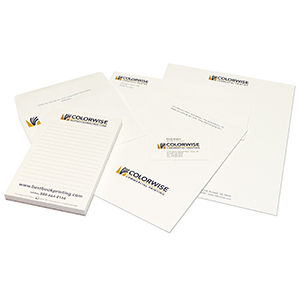We’ve written a good bit about direct mail and print marketing, and one of the most successful direct mail options are postcards sent to your target customers. Before you send your next business postcard, check out our 5 keys to a successful business postcard direct mail campaign.
1. Know your target audience
Before you begin to design your postcard and its messaging, be sure to know what audience you are trying to reach. For some campaigns, this may exclusively be previous customers that haven’t purchased anything from you in some time. Other campaigns may focus only on potential first-time customers in your area. Obviously, the postcards for each of these campaigns would need to be different. Which brings us to our next key…
2. Cater your campaign to that target audience
You wouldn’t want to send a card with the message “Thanks for shopping with us, come back and get 25 percent off your next purchase” to someone that has never shopped with you. Take the time to ensure the messaging and design of your postcard fits the audience you’ve decided to target.
3. Use the postcards to intrigue customers to learn more about your business
Always keep in mind that you don’t have to put all the information about your business on your postcard. The purpose of the postcard is to provide just enough information to make the customer curious to learn more about your business or the specific offer you’ve presented. This may mean coming into your store or checking out your website. But the postcard’s goal is to attract that attention; including too much information on the card can be overwhelming.
4. Use high quality printing
Speaking of attracting attention, you want to make sure that the great design you’ve come up with looks as great in print as it does on your computer. At Colorwise, we’re proud of the fact that we work with you to make sure your printed postcards look great.
5. Don’t forget to track the success of your postcard
We’ve written about how to track offline analytics online, and this is important for every piece of print marketing, including postcards. See our article on how to track print advertising online with Google Analytics, where you’ll find methods that can also be used for postcards.










